A Safe Haven for Seabirds
Just a short distance from Reykjavík’s coast are three small but ecologically significant islands: Akurey, Lundey, and Engey. They play a crucial role in the survival of the Atlantic Puffin and many other seabird species in the region.
Each island provides a natural sanctuary with minimal human interference, making them ideal nesting grounds. Their relative isolation offers safety from predators and disturbance, while their coastal vegetation and rugged cliffs help shelter both nests and chicks from the wind and sea.

- Akurey is home to the largest puffin colony of the three, hosting around 20,000 individuals during the nesting season. This lush island also attracts Herring Gulls, Eider Ducks, and Cormorants, all of which coexist within this thriving habitat.
- Lundey, whose name fittingly means “Puffin Island”, supports about 10,000 breeding pairs of puffins. It is also frequented by Arctic Terns and a variety of other seabirds, making it an important site for avian diversity in the bay.
- Engey may be smaller in population, with roughly 100 nesting pairs, but its landscape offers excellent viewing opportunities due to the open terrain and natural vantage points.
Protecting the Vegetation and Wildlife
Akurey and Lundey are both officially designated nature reserves, while Engey, though not formally protected, is registered under Iceland's Nature Conservation Database and treated with the same care.
Our protection measures across all three islands include:
- Maintaining a maximum speed of 4 knots near the islands to reduce noise and wake
- Being mindful of birds both on the water and in flight
- Never going ashore to avoid disturbing nesting sites
These steps are vital, particularly during the breeding season (20 May to 20 August), when puffins and other seabirds are most vulnerable.
Education and Training
The safety and quality of our tours begin with the people behind them. All members of our team, from captains to guides, undergo thorough training in environmental awareness and responsible wildlife observation.
This includes:
- Learning about local ecosystems, conservation practices, and bird identification
- Annual refresher sessions to stay updated on the latest environmental standards
- Guidance on clearly communicating responsible behaviour around wildlife to our guests
Many of our team members also have a background in marine biology, and they are always eager to share their knowledge and enthusiasm with those on board.

Puffins are part of the Auk family of seabirds that also include razorbills and guillemots. They can fly, swim, and dig burrows and are one of three species of puffin in the world. Over half the world’s population of Puffins comes to Iceland to breed. Iceland also has the largest Atlantic Puffin colony in the world. The Westmann Islands in the south has about 700,000 nesting pairs.

Puffins are part of the Auk family of seabirds that also include razorbills and guillemots. They are quite small in size; only 30 cm. in length, weighing 400 gr. with a wingspan of 55 cm. They feed on sandeels, capelin and herring but seem to be decreasing in numbers over the last few years due to the lack of food in the bay caused by increasing water temperatures. They are consi

When you think of Iceland's birds, the Atlantic Puffin is likely to be the first one that comes to mind. Their iconic look of a black and white body complimented with a colourful orange beak has even given them the nickname 'the clown of the sea'! Here are 10 facts you may not have known about the Atlantic Puffin..




